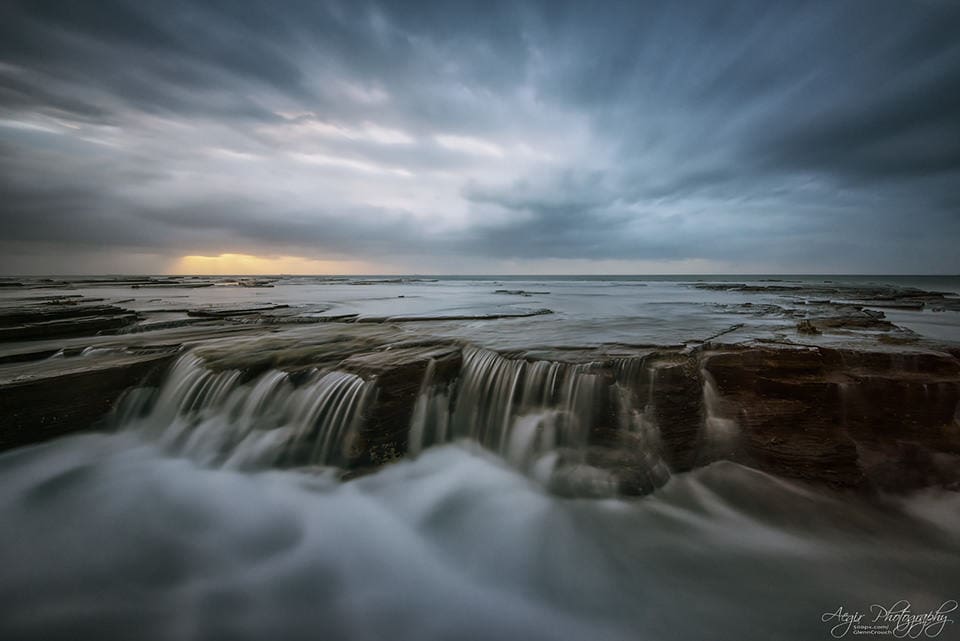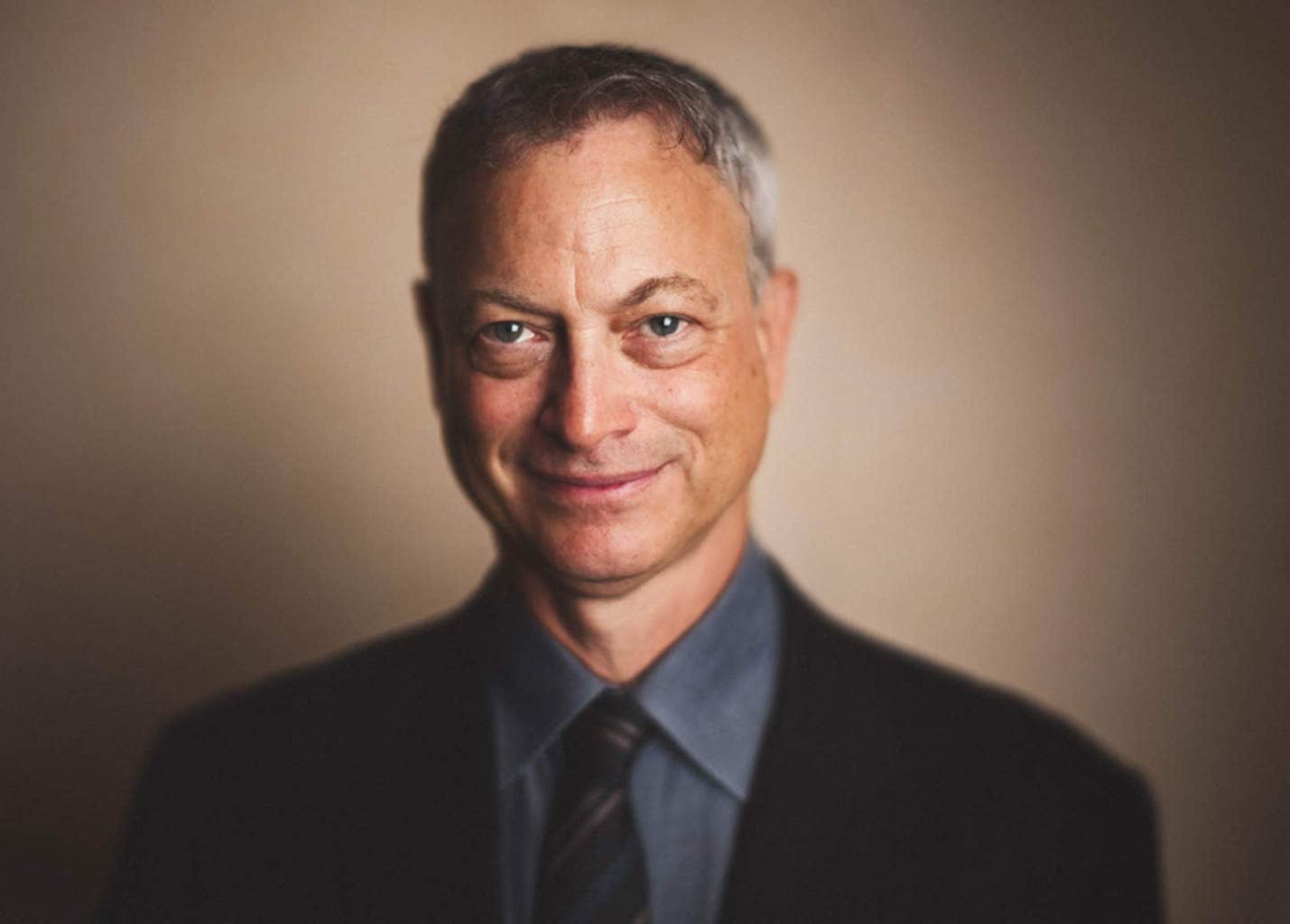Share
6 Photo Techniques to Try This Summer
Genres of photography are as varied as the techniques that are used to produce them. But that doesn’t mean that you’ve necessarily tried them a...

Genres of photography are as varied as the techniques that are used to produce them. But that doesn’t mean that you’ve necessarily tried them all. Digital photography has made experimentation easier and cheaper than at any time in history. Now that Summer is nearly upon us, here are a few techniques to get your creative juices flowing. These are on my list. What’s on yours?
A long exposure with water or skies
I know, I know. How could I have not tried this technique by now? 12-year olds on Flickr have already tried this! A stalwart of scenic postcards, photographers have combined tripods and neutral density filters to increase their exposure time. The result is water that looks like fog, and clouds that look like, a dream world.
Aegir Photography used a 10-stop ND filter to capture sunrise at Little Austinmer beach in Sydney, AUS.

Photo by Aegir Photography
Astrophotography
Who wouldn’t want an epic photo of the Milky Way in their portfolio? But escaping light pollution, timing the weather, and learning the technique have been enough of a deterrent so far. Max and Dee Bernt scaled the mountains of Colorado to take this amazing photo at 10,600 ft.

Photo by Max and Dee Bernt
Focus stacking
Software has made stitching together multiple photos easier than ever. Most people think of combining photos laterally to create a panorama (which is unnecessary with camera phones), but you can stack photos on top of one another to increase the depth of field (DOF).
There are no better applications for focus stacking than macro photography, where DOF is constrained by physics. Portrait photographer Levon Biss’ masterful insect portraits scored him an exhibition at the Oxford University Museum of Natural History.
Orton layers
A “dreamy yet sharp look” is how Chris Williams describes Orton Layers, a technique developed in the darkroom by Michael Orton, that stacks a slightly blurred image with a tack sharp one. Since landscapes are not my particular cup of tea, I had never heard of the technique until this DPreview article, but I’m game. Perhaps next time I’m in Jackson Hole…
Stitched portrait (Brenizer method)
Panoramic photography is typically characterized by a horizontally elongated images. In the film days, this was accomplished with cameras like the Hasselblad XPan or the Fuji GX617. But with the advent of digital photography, software like Photoshop made it possible to stitch together multiple images to create extremely high resolution, elongated images.
Ryan Brenizer riffed on the concept to create a portrait method that has a wide angle of view with a shallow depth-of-field that is akin to large format photography.
Instead of using a DSLR, Zack Arias has experimented with using a Phase One to generate images that he couldn’t otherwise produce. In Zack’s words “ I know my gear. I know my glass. I know what it looks like. Yet… I look at a finished stitch and I don’t own that glass. I don’t own that camera. It’s producing something that my gear can’t do.”
And photographer Sam Hurd has a whole portfolio of 3-shot portraits using stitching like this one of actor Gary Sinise.

Photo by Sam Hurd
Hyperlapse
It’s not technically a still image, but holy schnikey, when hyperlapse is well done, it can be incredibly compelling. Rob Whitworth labeled his technique “Flow Motion” and came up with stunning videos like these:
Cinemagraph
Yes, they’re gimmicky. And one could argue that they aren’t much different from a standard animated GIF – they’re not. But the subtle difference makes a difference. Do we need another shot of espresso? Yes, yes, we do. Tilen Sepic has a pretty nice collection.

Photo by Tilen Sepic
And of course, Victoria Will made some masterpieces at Sundance this year.


